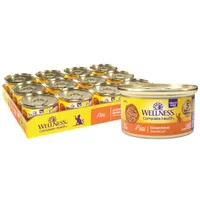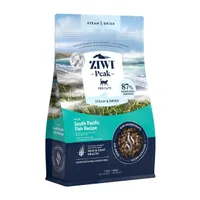Is wet food bad for cats? A vet reveals the pros and cons
Have you ever wondered, ‘Is wet food bad for cats?’ We asked our vet for her expert opinion – here’s what she had to say
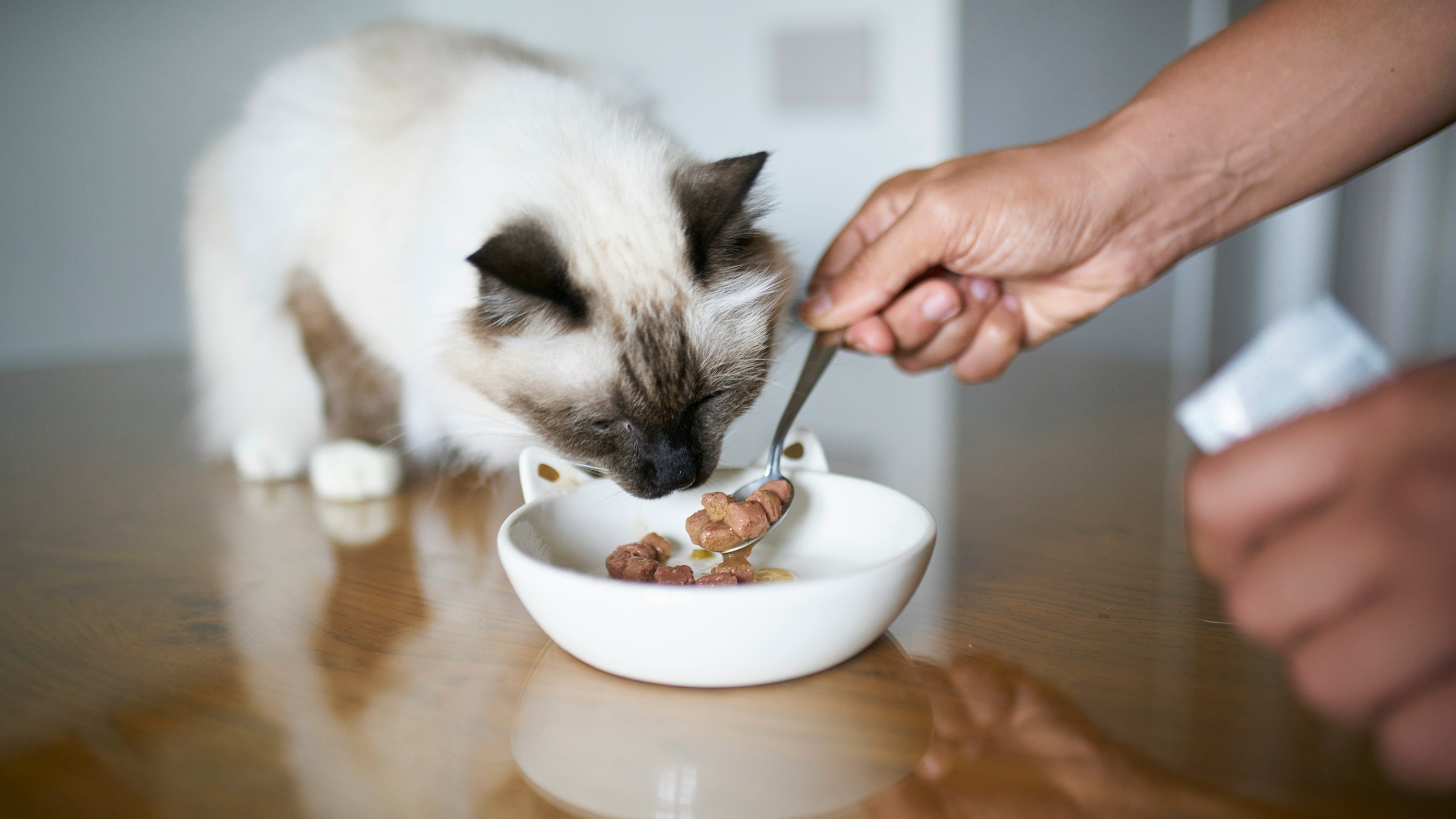
Is wet food bad for cats? This is a common question that many pet parents have, but it isn’t a straightforward ‘yes’ or ‘no’ answer. Both the best wet cat food and the best dry cat food have pros and cons, and it ultimately boils down to the individual cat and their needs.
Since wet food promotes hydration, some vets recommend it for cats with a history of kidney or urinary tract disease, as it can help reduce strain on the kidneys and bladder.
However, most of the best automatic pet feeders are only compatible with dry food, so you won’t be able to schedule mealtimes using these devices. Wet food also spoils more quickly and doesn’t stay fresh when left out at room temperature, which is an important factor to consider.
Below, vet Dr. Elizabeth Racine outlines the pros and cons of wet food and explains how to choose the best option for your cat. She also uncovers whether it can really cause dental disease and if it’s too rich.
Benefits of wet food for cats
There are several benefits to feeding wet food to your cat. One of the biggest benefits is that wet food has a very high moisture content, making it the best cat food when it comes to helping your cat stay hydrated.
This is especially important for senior cats and those with certain medical conditions, such as kidney disease or urinary problems. It can be difficult to convince a cat to drink more water, so transitioning to a canned food diet is an easy way to increase your cat’s daily water intake and improve overall hydration.
In addition to being high in moisture, wet food diets also tend to be lower in calories than an equal volume of dry cat food. Wet food diets are also higher in protein and lower in carbohydrates than dry food diets, which can help to maintain a lean body mass. For cats that need to lose weight, a wet food diet can be particularly helpful in this process.
Get the best advice, tips and top tech for your beloved Pets
Wellness Complete Health Pate Chicken Entree Grain-Free Natural Canned Cat Food
This vet-approved wet food comes in eight different flavors, from chicken and lobster to beef and salmon. It contains high-quality protein as the first ingredient, pre- and pro-biotics, and minerals and vitamins that are essentail for your cat’s overall health.
Disadvantages of wet food for cats
The biggest disadvantage to feeding wet food to your cat is that it is messy and requires more clean up compared to dry cat food. Wet food also should not be left out for long periods of time as it will quickly spoil and begin to grow bacteria, which is unhealthy and unappetizing for your cat. After opening a can of wet food, it should not sit out for more than 20 minutes before being refrigerated.
Because wet food is lower in calories than dry food, you’ll also need to feed more of it to make up your cat’s daily calorie intake. This can quickly become more expensive than feeding dry food, which is why many pet owners choose to feed some dry in addition to wet food.
ZIWI Air-Dried Chicken Cat Food
If you prefer to feed your cat a dry diet, ZIWI’s Air-Dried Food is an excellent choice. The first 10 ingredients are meat, which the brand guarantees are ethically and sustainably sourced. The recipe also contains New Zealand green mussels to support healthy joints, skin, and coat.
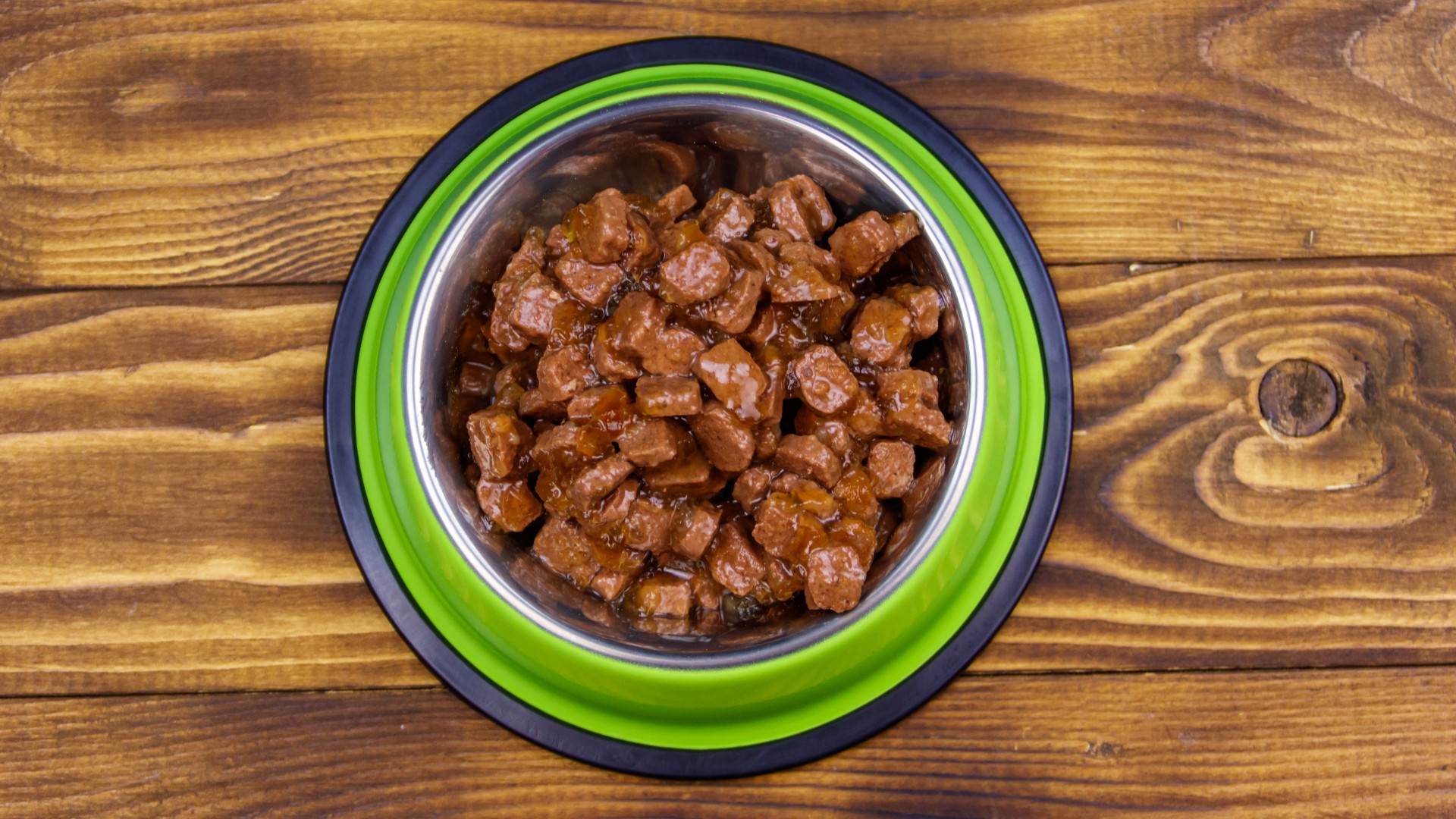
Does wet food cause dental disease?
A common misconception is that dry food is better for a cat’s teeth than wet food. We now know that this is not the case! Unless you are feeding a prescription veterinary dental diet, the type of food you provide for your cat has little to no impact on his or her teeth.
The propensity to develop dental disease is influenced far more by factors such as genetics, conformation, and your home dental care routine. The best way to prevent dental disease for your cat is by brushing their teeth daily.
This practice removes food particles and prevents plaque buildup. If you are unable to brush your cat’s teeth daily, doing so at least a few times a week is still beneficial. If you're unsure how to start, read our helpful vet's guide on how to brush cat teeth.
Is wet food too rich for cats?
Another common misconception is that wet food is “too rich” and will cause an upset stomach or diarrhea if fed to your cat. While there are certainly some cats who may not be able to tolerate certain wet foods due to food allergies, inflammatory bowel disease, or other gastrointestinal illnesses, in general wet food is easily digestible for most cats.
If you’re concerned about your cat’s ability to tolerate a wet food diet, start slowly and offer only small amounts of wet food at a time until you have had a chance to see how your cat reacts to it.
If your cat’s stools are normal and there has been no change in their appetite or energy level, then it is okay to gradually offer larger portions of wet food until you reach your desired portion size.

How to choose a wet cat food
There are many factors to consider when choosing a wet food for your cat. First, you’ll need to find a wet food that is appropriate for your cat’s species and life stage.
Check the back of the can for the AAFCO Statement (US) or the Statutory Statement (UK) which should say something like “for the maintenance of adult cats” or “for growing kittens”.
You’ll also want to ensure that the wet food you choose is from a reputable company, which you can do by utilizing the World Small Animal Veterinary Association’s guidelines on selecting pet foods or by asking your veterinarian for a product recommendation.
For more information on how to select a pet food, you can learn how to read a pet food label or check out the recommendations from board certified veterinary nutritionists.
Want to learn more? We've also answered: is dry cat food best? and Can cats eat dry food only?
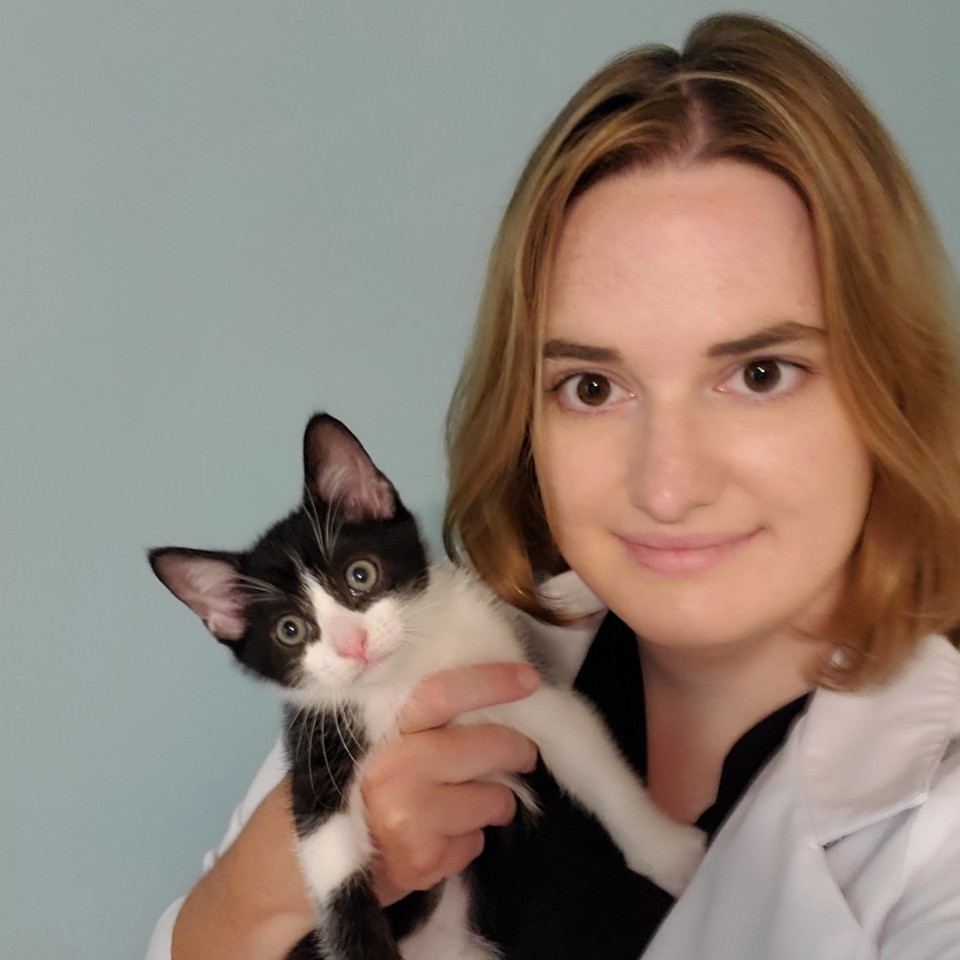
Small animal general practice veterinarian, Dr. Elizabeth Racine, is a specialist in pet health and wellness. She covers everything from veterinary behavior, internal medicine and nutrition. Away from her surgery, Dr. Racine writes for major companies in the industry from the American Kennel Club to Elanco and CareCredit to Bayer PetBasics.
Dr. Elizabeth Racine is a small animal general practice vet covering all things pet health and wellness. Her special interests include veterinary behavior, nutrition, and internal medicine.
As a freelance writer, Dr. Racine has written content for major companies in the industry such as the American Kennel Club, Merck Animal Health, Bayer PetBasics, Elanco, and CareCredit. In her free time, Dr. Racine enjoys playing trampoline dodgeball, hiking with her beagle Dasher, and spending time with her three mischievous cats.
- Megan MilsteadStaff Writer
